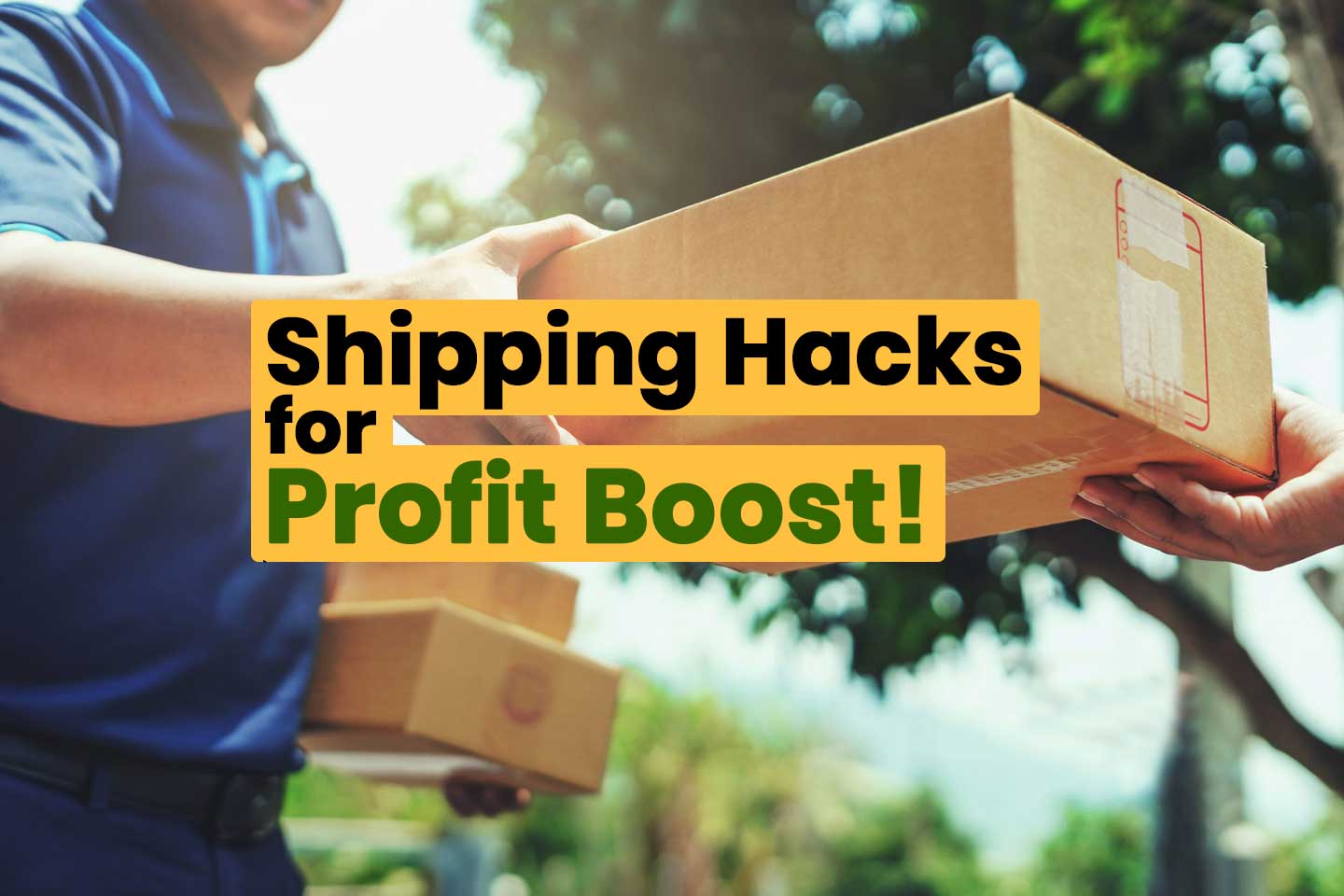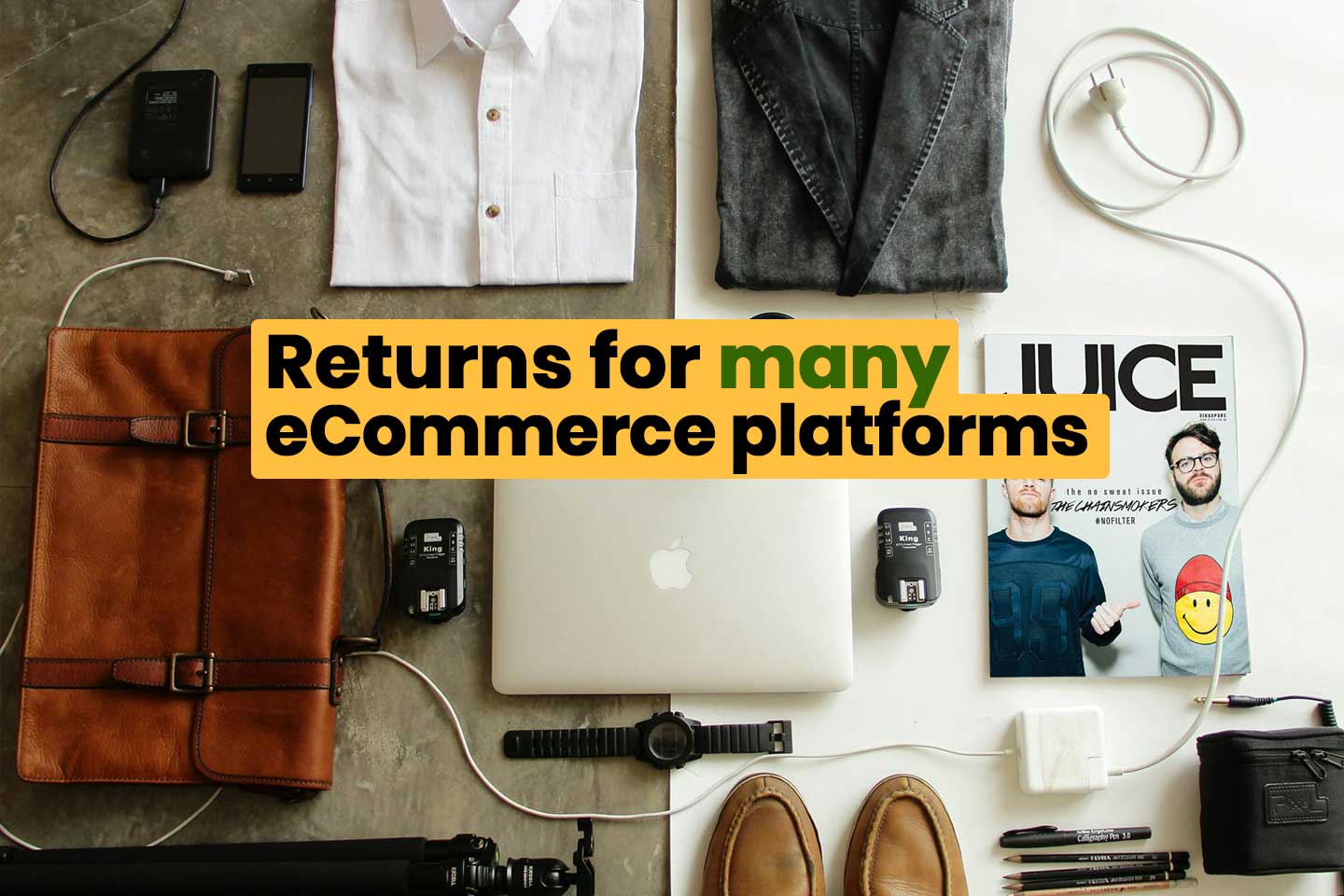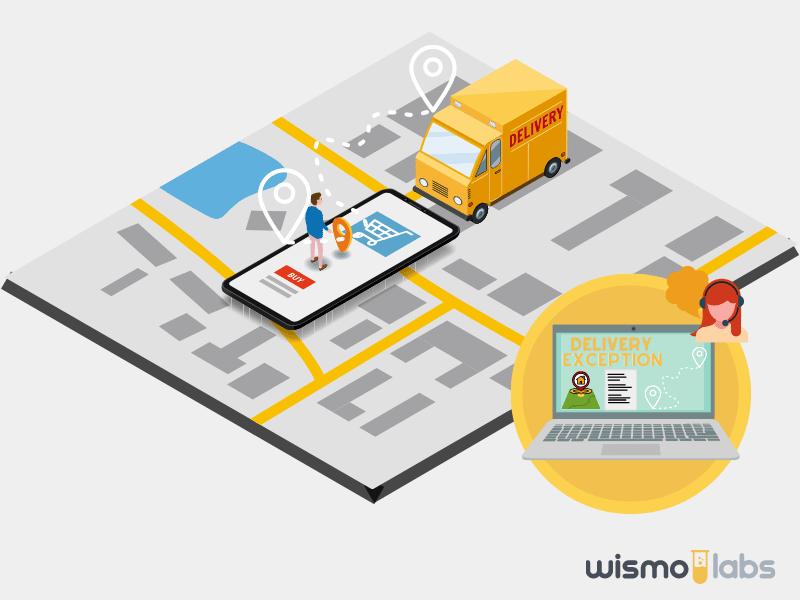If you sell your products online, you already know how important, and challenging, shipping options can be. Overall, ecommerce retailers need to find the right balance between cost, speed, and customer satisfaction when it comes to shipping. And yet, shipping is a crucial part of being an ecommerce retailer. The challenge is to maintain a high level of customer service without letting your shipping costs eat up your profits.
Shipping costs can take up to 15-20% of your net sales and, depending on your gross profit margins, can make the difference between hitting your goals and breaking even. The best way to improve performance is to understand the process. So let’s take a look at different shipping options and explore ways to overcome the challenges.
Standard Shipping Options and Alternatives
There are several options available to ecommerce retailers and each has its advantages. If you can, we recommend giving your customers a choice of options. Two-thirds (66%) of customers prefer to purchase from retailers with more delivery options. To maximize your shipping performance chose from one of the available shipping options.
Standard Shipping
Standard shipping, also known as economy, regular, or ground shipping, is one of the most popular and economical shipping options offered by shipping carriers. This is normally the lowest cost available, on average, and orders will travel via ground transport and reach the receipt in three to five business days.
2-Day Shipping
For many, two-day shipping has become the norm thanks to large online retailers like Amazon.com. This shipping option is a must-have if you have competitors in your industry because customers will expect it to be available.
Same Day and Overnight Shipping
Many customers like the convenience of being able to receive their products within hours of placing their order. In order to offer this shipping option, your operations need to be streamlined and ready to go as soon as an order is placed. While not every retailer is able to offer same day shipping, those who can are able to compete with the convenience of brick-and-mortar competitors.
Expedited Shipping
Sometimes a customer needs to have any option other than standard or economy shipping. The peace of mind that comes with knowing you are receiving an order earlier than others is enough to convince a customer to place the order. Expedited shipping varies from place to place, but is usually 1-2 days faster than standard shipping options.
Eco-Friendly Shipping
Sometimes, the customer’s incentive to choose a shipping method may not have to do with the amount of time it takes to get there. Offering an eco-friendly shipping solutions, with reduced waste packaging and options with a lower carbon footprint (like ground freight vs. air freight) can demonstrate your commitment to sustainability to your environmentally-conscious customers.
Overcoming Ecommerce Shipping Challenges
There are several ways to address shipping challenges in ecommerce retail. Because the realities vary from industry to industry, there is no one right answer. Below are a few suggestions that will help you think about your shipping strategies and help you decide the best solution for your business.
Negotiate Your Shipping Rates
If you do any significant amount of business, you have some leverage with shipping companies. Ecommerce retailers can negotiate with shipping carriers to get better rates. It is often useful to keep track of your shipping history and focus on reducing the costs in a particular geographic area or package size.
Use Multiple Shipping Carriers
Using multiple shipping carriers can help ecommerce retailers to offer faster and more reliable shipping based on the customer’s location. Diversifying your shipping carriers also helps to prevent shipping disruptions if one carrier has a delay or outage.
Use Third-party Logistics (3PL) Providers
If you have limited resources or are a small business, using 3PL providers can help you outsource your logistics and inventory management, reducing the burden on your staff (or yourself).
Offer Free or Discounted Shipping
Providing free or discounted shipping can be a great way to attract and retain customers. You can consider setting a minimum order threshold for free shipping to balance the cost or include the average shipping cost into the price.
Optimize Packaging
One of the best ways to reduce the cost of shipping is to optimize packaging. This can also help to minimize environmental impact allowing you to promote eco-friendly shipping. Make sure when you design your packaging to use packaging that offers protection to reduce damage during transit.
Implement Package Tracking and Delivery Notifications
Providing package tracking and delivery notifications can help to reduce customer anxiety and increase satisfaction. Having a branded tracking page that keeps your customer in the know throughout the post-purchase journey is a great way to increase repeat sales. A good post-purchase strategy can also let your customers know you want to continue the relationship.
Conclusion
Shipping costs can make the difference between a profitable business and one that is not. However, spending too little on shipping can also affect whether customers make a purchase or abandon their cart. The goal is to strike a balance between customer expectations and profitability. By implementing these strategies and addressing the shipping challenges, retailers can increase customer loyalty and drive more sales.



